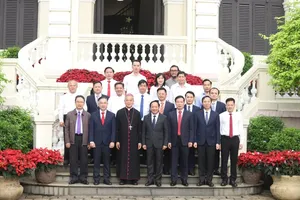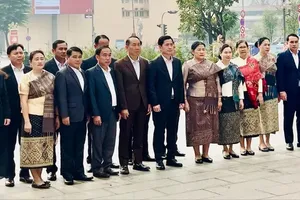The city Chairman asked to solve problems relating to key projects while chairing a meeting with representatives of relevant departments, agencies, and investors to address longstanding obstacles facing two critical infrastructure projects.
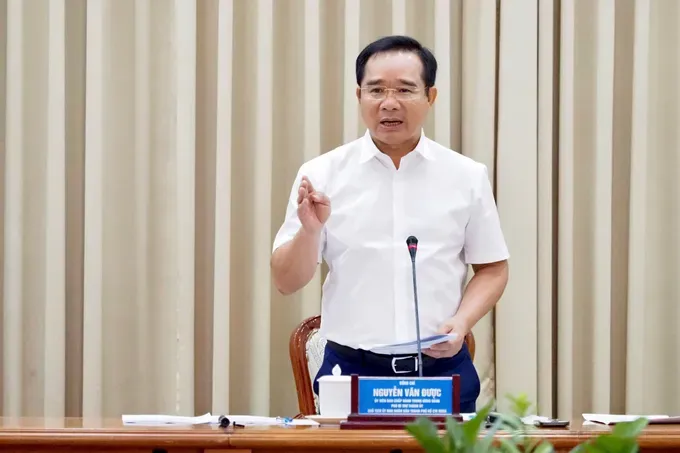
The first is Phase 1 of the flood prevention project, a climate-adaptive initiative with a total investment of VND10,000 billion, aimed at mitigating flood risks exacerbated by rising sea levels. The second is the road construction project connecting Pham Van Dong Street to the Go Dua–National Highway 1 intersection, which has been delayed for several years.
The meeting focused on identifying solutions to accelerate progress and unlock bottlenecks in both ventures.
To accelerate progress on key infrastructure projects, Deputy Director of the Ho Chi Minh City Department of Finance Dinh Khac Huy outlined several proposals during a recent meeting.
For administrative procedures, he recommended that the Ho Chi Minh City People's Committee instruct the Department of Finance to finalize and submit relevant documents for official issuance, providing a legal foundation to ensure timely implementation.
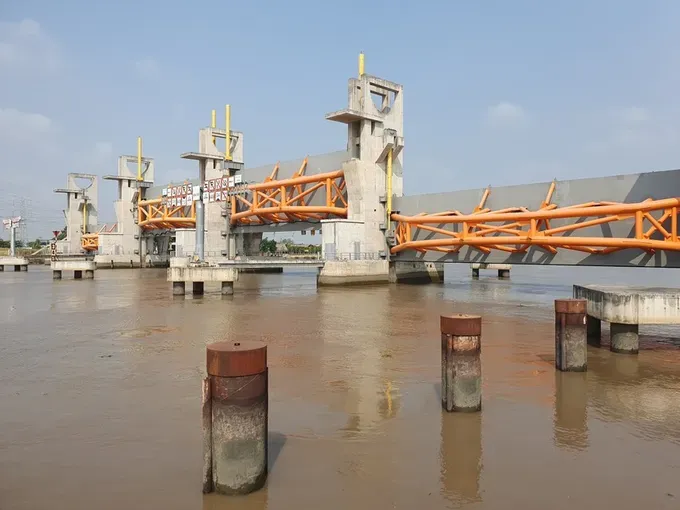
Regarding project execution, Trung Nam Company—the main investor in the tidal flood control project—was urged to collaborate with the city on capital mobilization and to expedite construction, aiming to complete Ben Nghe culvert by October 2025 and Muong Chuoi culvert by December 2025. BIDV Bank was also called upon to coordinate with city authorities in reviewing loan interest costs and to work with the State Bank to resolve refinancing and disbursement hurdles.
For the Pham Van Dong–Go Dua road project, the four-month feasibility study adjustment remains delayed due to ongoing site clearance challenges. The city plans to divide tasks into four main working groups, targeting a two-month window to complete legal procedures and a 12-month construction timeline.
Chairman Nguyen Van Duoc emphasized the city’s commitment to resolving long-delayed projects. He warned that prolonged stagnation wastes social resources, disrupts residents’ lives, and undermines the investment climate. The city will push for decisive resolution, strictly in line with legal regulations, while safeguarding public assets and preventing corruption or legal violations.
To ensure the timely resolution of delays, Chairman of the Ho Chi Minh City People’s Committee Nguyen Van Duoc called for the strengthening of the inter-agency working group assigned to remove obstacles for two major infrastructure projects. He appointed Vice Chairman Bui Xuan Cuong as head of the working group, responsible for directly overseeing the comprehensive resolution of all related issues.
The Chairman directed that all tasks under the city's jurisdiction must be completed no later than October 2025. These include adjusting the total investment capital, appraising the updated feasibility study report, negotiating and signing an addendum to the Build-Transfer (BT) contract and determining the value of the land fund used for payment.
On the investor side, Chairman Nguyen Van Duoc stressed that once an agreement is reached with state agencies, construction must begin without delay and in full compliance with commitments.
He affirmed that leaders of Ho Chi Minh City are committed to working closely with investors, banks, and departments to accelerate progress and resolve all major obstacles in 2025, so the project can be completed and operational by 2026.
Previously, the Government issued Resolution 212/NQ-CP, allowing Ho Chi Minh City to remove obstacles relating to legal issues and payment mechanisms for the two above-mentioned. Accordingly, Ho Chi Minh City is allowed to pay with land funds; if the value of the land fund is lower than the value of the Build and Transfer project, the difference will be paid with the city's public investment capital. Ho Chi Minh City proactively determines the value of land use rights, land use fees and makes payments in accordance with legal regulations.

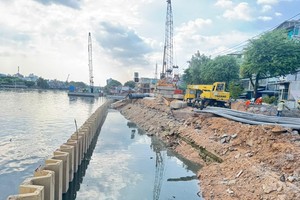
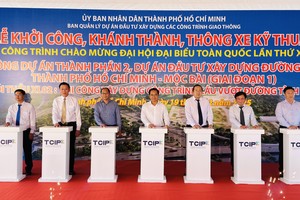
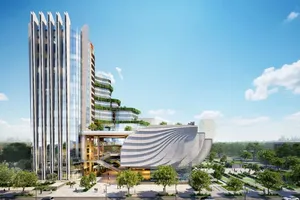
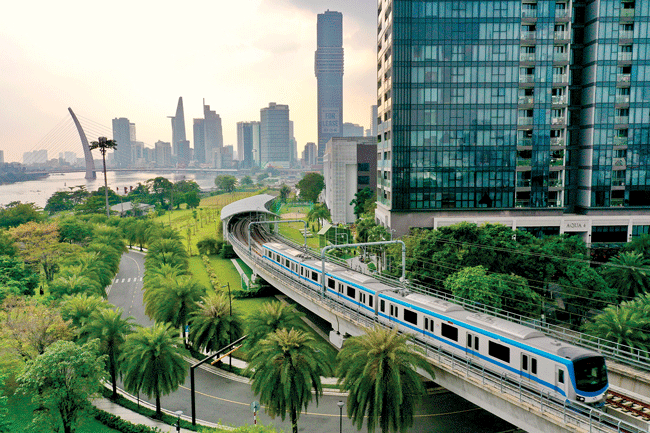
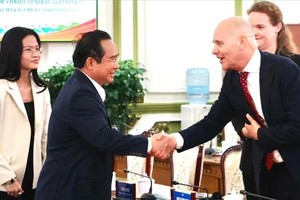
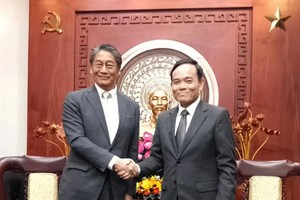


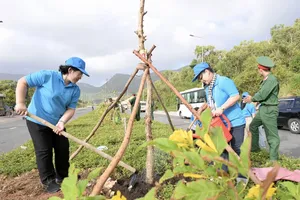



)

